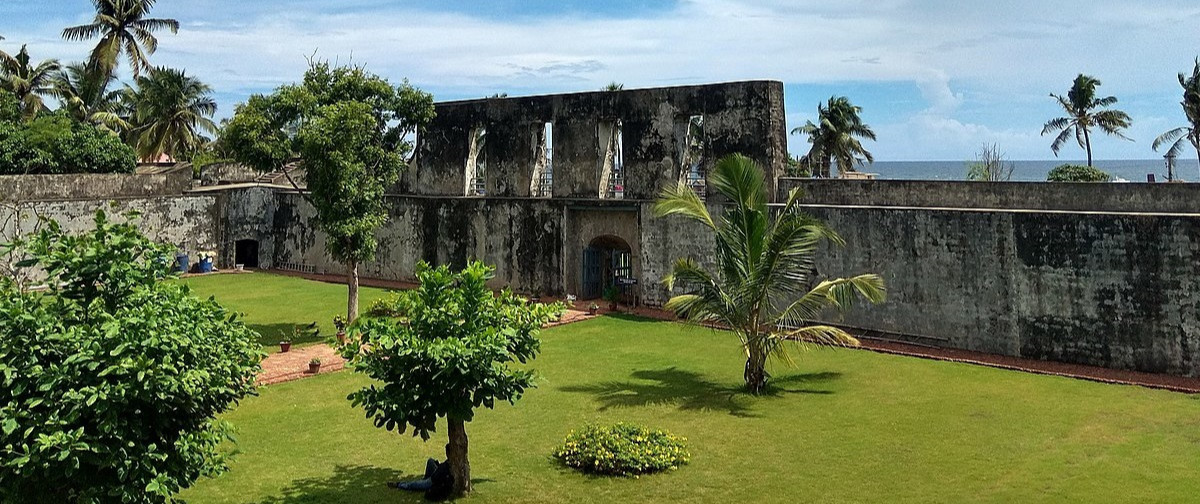Hello!
Anjuthengu/ Anchuthengu

Anjuthengu Fort was built in the 16th century by the English East India Company, the fort is preserved as a historical monument. The historic significance tagged to Anjengo comes through foreign powers like the Portuguese, the Dutch and finally the English East India Company. In the year 1684, the English East India Company chose Anjengo to establish their first trade settlement in Kerala. Following the English East India Company's presence, the place came to be known as Anjengo, meaning five coconut trees. According to local folk, the name Anjengo owes its genesis to a small area of land with five coconut trees, which was given on lease to the English East India Company by the then Queen of Attingal for trade purposes.
Many ancient churches, an old lighthouse, a 100 year old convent and school, tombs of Dutch and British are other major points of interest here. The churches are built in accordance with the principles of the Portuguese architectural style. The fort played an important role in the war of Mysore in the 18th century. Anjuthengu has a beautiful and clean beach. Fishing boats lazily parked on the hot sand and nets drying in the sun are worth a watch. Kaikara village, the birthplace of the famous Malayalam poet Kumaran Asan, is located nearby.
Getting there
Nearest railway station: Kadakkavur railway station, around 1.3 km from Anjuthengu.
Nearest airport: Trivandrum International Airport, around 31 km from Anjuthengu
Google Map coordinates : MQ77+3Q Anchuthengu, Kerala







